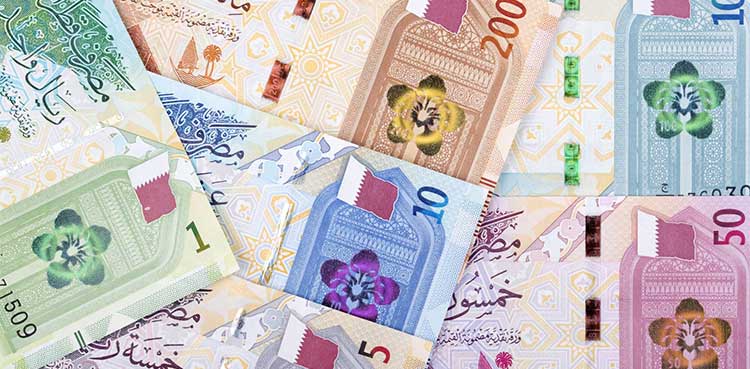Karachi/Doha, August 4, 2025 — The Qatari Riyal (QAR) is trading at 77.80 Pakistani Rupee (PKR) today, a slight rise from 77.72 PKR on August 1, following a dip from 77.74 PKR on July 29. This gentle upswing signals Qatar’s steady economic strength, powered by its thriving energy sector, amidst calm market conditions.
Qatari Riyal Rate- Latest Updates
Recent weeks have shown the QAR’s resilience. It traded at 78.01 PKR on July 26, 78.16 PKR on July 23, 78.26 PKR on July 19, 78.03 PKR on July 16, and 78.02 PKR on July 9, with June 2025 closing at 77.86 PKR. Earlier in June, rates were 77.94 PKR on July 2, 77.90 PKR on July 7 and July 4, 77.70 PKR on June 27, 77.87 PKR on June 25, 77.82 PKR on June 23, 77.72 PKR on June 14, and 77.39 PKR at the month’s start, reflecting a broadly upward trend against the PKR.
Understanding Currency Valuation
The QAR-PKR exchange rate hinges on supply and demand in the forex market, shaped by trade flows, remittances, and economic policies. The Qatari Riyal, anchored to the US dollar at 3.64 QAR per USD, draws stability from Qatar’s natural gas exports. Meanwhile, the Pakistani Rupee, a free-floating currency, sways with inflation, political shifts, and Pakistan’s foreign reserves, as financial experts observe.
Impact on Pakistani Expatriates
For over 125,000 Pakistani expatriates in Qatar, the QAR’s uptick boosts remittance values. A 1,000 QAR transfer, worth 77,390 PKR at June’s start, now fetches 77,800 PKR—a gain of 410 PKR. This increase aids families in Pakistan with costs like schooling, medical care, and daily expenses. However, expatriates earning in PKR or holding PKR savings may find Qatar’s imported goods and services slightly pricier.
About the Currencies
The Qatari Riyal (QAR), launched in 1966, is Qatar’s official currency, marked by QR or ر.ق. Tied to the US dollar, it’s overseen by the Qatar Central Bank and widely used in the Gulf’s bustling economy.
The Pakistani Rupee (PKR), denoted by ₨, has been Pakistan’s currency since 1948. Managed by the State Bank of Pakistan, its value ebbs and flows with economic and geopolitical changes

Leave a Reply